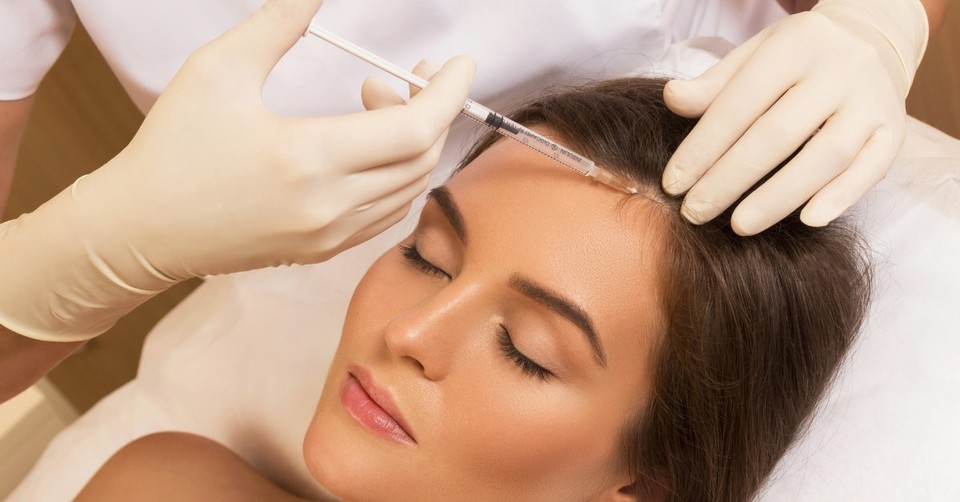
Hair loss affects millions of people worldwide, creating a lasting impact not only on appearance but also on confidence and self-esteem. As science continues to push the boundaries of cosmetic and medical advancements, new therapies emerge with the promise of rejuvenating thinning hair naturally. Among these, Hair PRP Treatment has gained widespread popularity as a minimally invasive solution that taps into the body’s own regenerative potential.
PRP, short for Platelet-Rich Plasma, involves extracting a small sample of the patient’s blood, spinning it in a centrifuge to concentrate the platelets, and then injecting that plasma directly into the scalp. Platelets contain growth factors that are known to stimulate hair follicles, improve blood flow, and encourage healthy hair regeneration. The treatment essentially uses your body’s own biological materials to trigger hair restoration—without chemicals, implants, or lengthy recovery periods.
The Science Behind PRP Therapy
PRP isn’t a new concept in medicine. It has been widely used in orthopedic treatments, sports injuries, and skin rejuvenation for over a decade. Its application in hair regrowth is based on solid biological principles. When injected into the scalp, the concentrated platelets release growth factors such as platelet-derived growth factor (PDGF), transforming growth factor (TGF), and vascular endothelial growth factor (VEGF). These compounds work at the cellular level, promoting healing, increasing follicle size, and improving the function of dermal papilla cells, which play a key role in hair production.
Unlike some hair loss treatments that merely slow shedding or conceal thinning areas, PRP targets the underlying causes. It revitalizes dormant hair follicles, enhances scalp health, and extends the growth (anagen) phase of the hair cycle. This leads to thicker, stronger hair over time.
Who Can Benefit from PRP for Hair?
PRP treatment is suitable for both men and women who are experiencing early to moderate hair thinning. It is particularly effective in cases of androgenetic alopecia, commonly known as male or female pattern baldness. Those with diffuse thinning, receding hairlines, or patchy baldness may notice significant improvement after a few sessions. It can also be used as a supportive therapy post hair transplant surgery to accelerate healing and improve graft survival.
However, PRP is not a miracle cure. Ideal candidates are individuals with active hair follicles that have weakened but not completely died. Patients with severe hair loss or extensive bald patches may not respond as well. A consultation with a qualified medical professional is essential to assess candidacy and set realistic expectations.
The Procedure: What to Expect
The PRP procedure is relatively quick and typically lasts between 30 to 60 minutes. It begins with a blood draw—usually about 10 to 20 milliliters—similar to a routine blood test. The sample is then processed using a centrifuge, which spins the blood at high speed to separate the plasma and concentrate the platelets.
Once prepared, the PRP is drawn into a syringe and injected directly into the affected areas of the scalp using a fine needle. In some cases, microneedling may be performed before or after the injections to further stimulate the scalp and improve absorption. While the process involves needles, the discomfort is generally minimal. A numbing cream can be applied beforehand to enhance patient comfort.
After the procedure, there may be mild redness, tenderness, or swelling at the injection sites, but these symptoms usually subside within 24 to 48 hours. There is no downtime, and most patients return to their normal activities immediately after treatment.
Results and Maintenance
PRP is not a one-time solution. Most treatment plans consist of an initial series of 3 to 4 sessions spaced about 4 to 6 weeks apart. This allows the scalp to continuously benefit from the growth factors and gives the follicles time to respond. Visible improvements often begin to appear after the second or third session, with full results becoming noticeable around 3 to 6 months after the first treatment.
To maintain results, follow-up sessions are usually recommended every 4 to 6 months, depending on individual response and the extent of hair loss. Consistency is key. Alongside PRP, patients are encouraged to follow a healthy lifestyle, use recommended hair care products, and avoid stressors that contribute to hair thinning.
Safety and Side Effects
One of the most appealing aspects of PRP treatment is its safety profile. Since it uses the patient’s own blood, there’s no risk of allergic reaction or disease transmission. The procedure is performed under sterile conditions by trained medical professionals, which minimizes the likelihood of infection or complications.
Side effects are rare but can include temporary scalp sensitivity, bruising, or mild inflammation. As with any injectable treatment, choosing a reputable clinic and experienced provider greatly reduces risks and ensures optimal results.
It’s worth noting that PRP should not be performed on individuals with certain medical conditions such as bleeding disorders, active infections, or autoimmune diseases that affect blood or skin. A detailed health history and blood analysis may be required before treatment.
Final Thoughts
Hair loss can be a frustrating and emotional journey, but modern regenerative therapies like PRP offer a promising path toward recovery without the need for surgery or synthetic drugs. It’s a solution rooted in biology, delivering results through your body’s own healing mechanisms. For those seeking a natural, low-risk, and effective option for hair restoration, PRP may be the answer they’ve been waiting for.
With its growing popularity and consistent success in clinical studies, PRP has become a cornerstone in the evolving landscape of hair restoration. If you’re considering this treatment, consult with a qualified provider to explore whether it aligns with your hair goals and health profile.
Comments on “Hair PRP Treatment: A Complete Guide to Natural Hair Regrowth and Restoration”